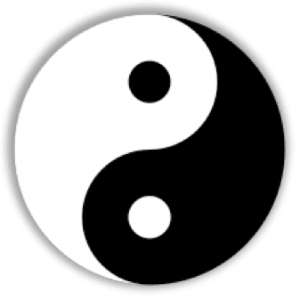Last updated: March 20, 2020

One version of this concern was expressed as a rant on Amazon as follows (capitalization is from the original posting):
The very act of adding the Chinese prefix of Yin to traditional INDIAN Yoga is an act of INSOLENT COMMERCIALISM, Utter IGNORANCE of the ancient INDIAN philosophies that gave rise to Yoga. Calling any variation of Yoga as YIN is as inauthentic and ILLEGITIMATE as a Ham and Pineapple “Pizza” would appear to a Neapolitan![1]
To quote Juliet from Shakespeare’s famous play, “What’s in a name? That which we call a rose, by any other name would smell as sweet.” If you want to call Yin Yoga by any other name, it too would be as sweet.
Yin Yoga is yoga, in the Hatha yoga tradition of South Asia. Like all modern postural practices, it begins with a moment of arriving, incorporates asanas with attention and finishes with Shavasana. Yin Yoga is not a new practice. Holding poses for long periods of time in stillness are prescribed in the earliest Hatha yoga texts. (For more detail, you can read this summary in the YinYoga.com Forum.) However, as time went on, yoga asana practice became more and more yang in nature. One of the reasons that people are drawn to Yin Yoga is the balance it gives them to their yang, active lifestyle and other yoga practices. The actual practice of Yin Yoga is a return to the original form of Hatha asana practices.
The fact that the adjective “yin” was added to the name does not diminish the practice, but rather explains both parts of its history as well as its benefits. In terms of its history, it was through the teachings of Paulie Zink, Paul Grilley and Sarah Powers that yin postures were re-emphasized. No one invented this style of practice, but it was Paul and Sarah who really developed the art of sequencing yin postures into a full yoga practice, and they are the ones responsible for its current widespread adoption today. While Paulie Zink’s practice, which he originally called Taoist Yoga, includes both active, Chinese martial arts training (yang), he also incorporated long-held static postures (yin). Paul Grilley, who studied with Paulie about once a week for several months, decided that the slow, floor-based postures could be cast into a complete yoga session. It was Sarah Powers who suggested that, since Paul was not offering the dynamic exercises that were part of Paulie’s Taoist Yoga and only doing the slow, floor-based postures, they should call Paul’s classes Yin Yoga. Thus the name was coined.
That is the history behind the name, but there are many reasons why the name is apt. As Paul’s understanding of what happens energetically during a Yin Yoga practice grew as well as his understanding of the philosophy of yin and yang, thanks to his studies with Dr. Hiroshi Motoyama,[2] the term “yin” became more fitting. Yin is slow, passive, long-lasting, yielding, quiet and introspective, and a perfect adjective for the practice. There is no English word that would fit so well. Perhaps the Sanskrit word “tha” could have served as well, but few people know what that means. Yin and yang are well-known terms in the West.
Feel free to call this practice whatever you like—it will still feel as sweet.
Return to Topics
[1] See the November 3, 2019, book review by radome of The Complete Guide to Yin Yoga, Second Edition on Amazon.com.
[2] Dr. Motoyama was the inspiration for Paul Grilley, and later Sarah Powers, to delve deeper into the mysterious connection of the physical movements in yoga and the movement of energy through the subtle body. Sarah has described Dr. Motoyama as a yoga adept. More details on Dr. Motoyama can be found here.
